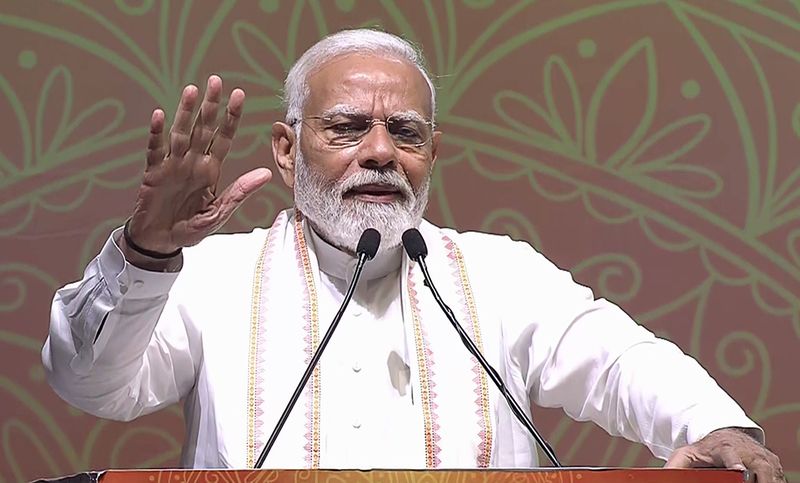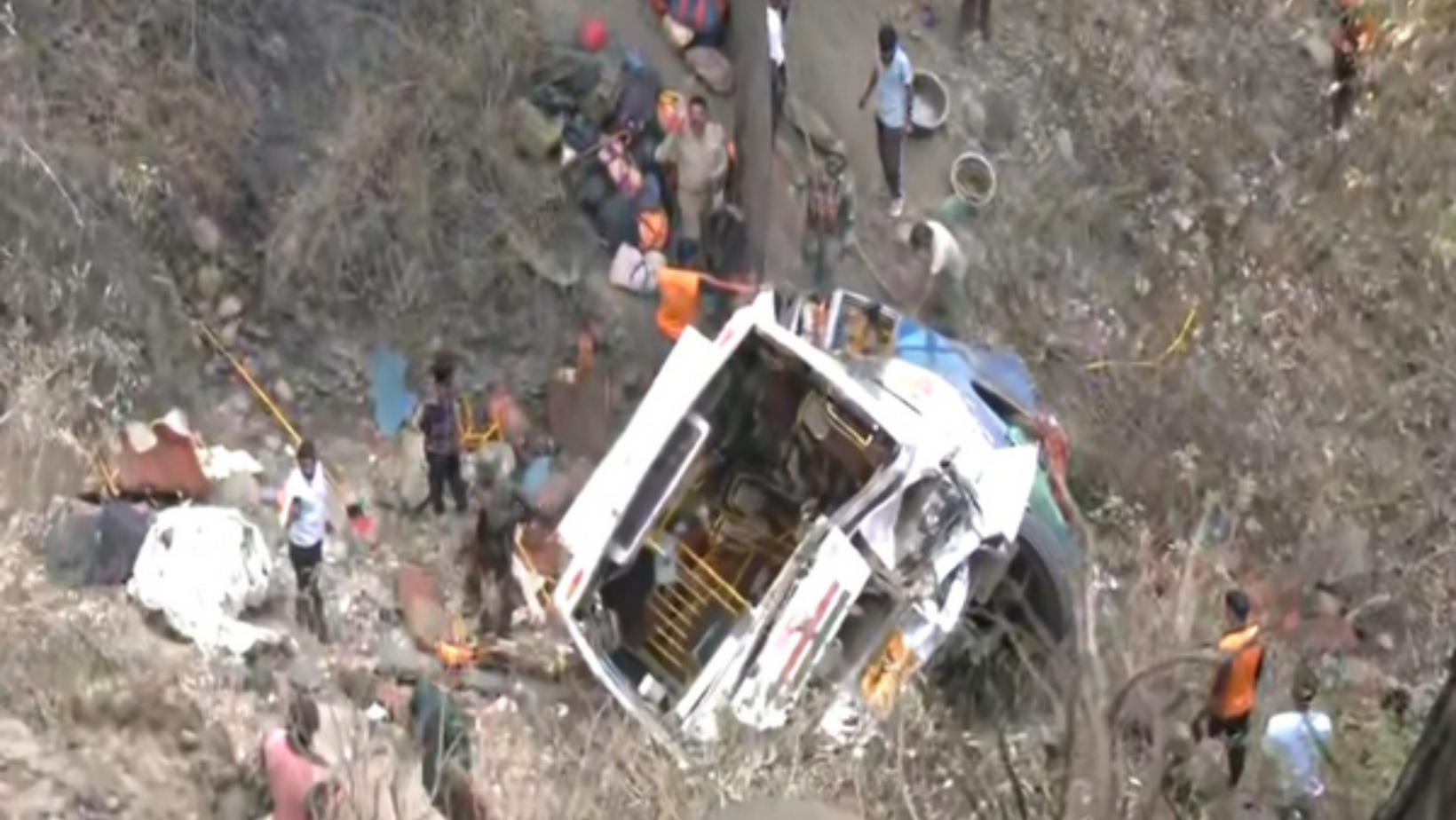As natural disasters increase in frequency and intensity, Prime Minister Narendra Modi emphasized the need for greater investment in disaster resilient infrastructure. Speaking via a video message at the Sixth International Conference on Disaster Resilient Infrastructure (ICDRI) 2024, Modi highlighted the devastating human impact of such disasters, urging countries to prioritize resilience in their infrastructure planning and development.
“We have witnessed natural disasters are becoming more frequent and more severe,” Modi stated. “The damage or the cost is usually reported in dollars, but the true impact on people, families, and communities is beyond numbers.” He described how earthquakes can damage homes, leaving thousands homeless, and how disasters can disrupt essential services like water, sewage, and energy, posing significant health and safety risks.
The Prime Minister called for a collective global approach to disaster resilience, recognizing that disasters know no borders and can have far-reaching impacts. “After a disaster, the immediate focus is naturally on relief and rehabilitation. But after the initial response, our focus should be on resilient infrastructure,” Modi said. He pointed out that the CDRI (Coalition for Disaster Resilient Infrastructure) is focusing on supporting the Global South, including programs for funding projects across 13 small island developing states at high risk of disasters.
The call for increased funding comes as a recent World Meteorological Organization (WMO) report highlighted Asia as the continent most severely affected by weather, climate, and water-related hazards in 2023. The report noted that floods and storms caused the highest number of reported casualties and economic losses, with heatwaves having an increasingly severe impact.
PK Mishra, the principal secretary to the Prime Minister, echoed the need for resilient infrastructure, particularly in the Global South, stating that without proper resilience measures, more funds would be diverted to recovery and rebuilding. “If we do not build resilience in infrastructure systems, we will be forced to divert more and more funding to recovery and rebuilding after such disasters…this is akin to pouring water in a bamboo basket,” Mishra noted. He highlighted that achieving the necessary resilience to meet global climate and disaster risk reduction goals by 2050 could require an estimated $9.2 trillion.
Kamal Kishore, head of the National Disaster Management Authority (NDMA), underscored the importance of better risk analytics, investments, and well-designed funding for long-term resilience building. According to the World Bank, investing in resilient infrastructure in low and middle-income countries could yield net benefits of $4.2 trillion, contributing to Sustainable Development Goals (SDGs) and global climate and disaster risk reduction agendas.
Prime Minister Modi’s message underlines the critical importance of a proactive approach to disaster resilience, encouraging countries to support infrastructure projects that not only rebuild but also strengthen against future disasters.






